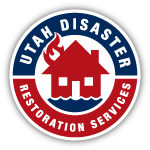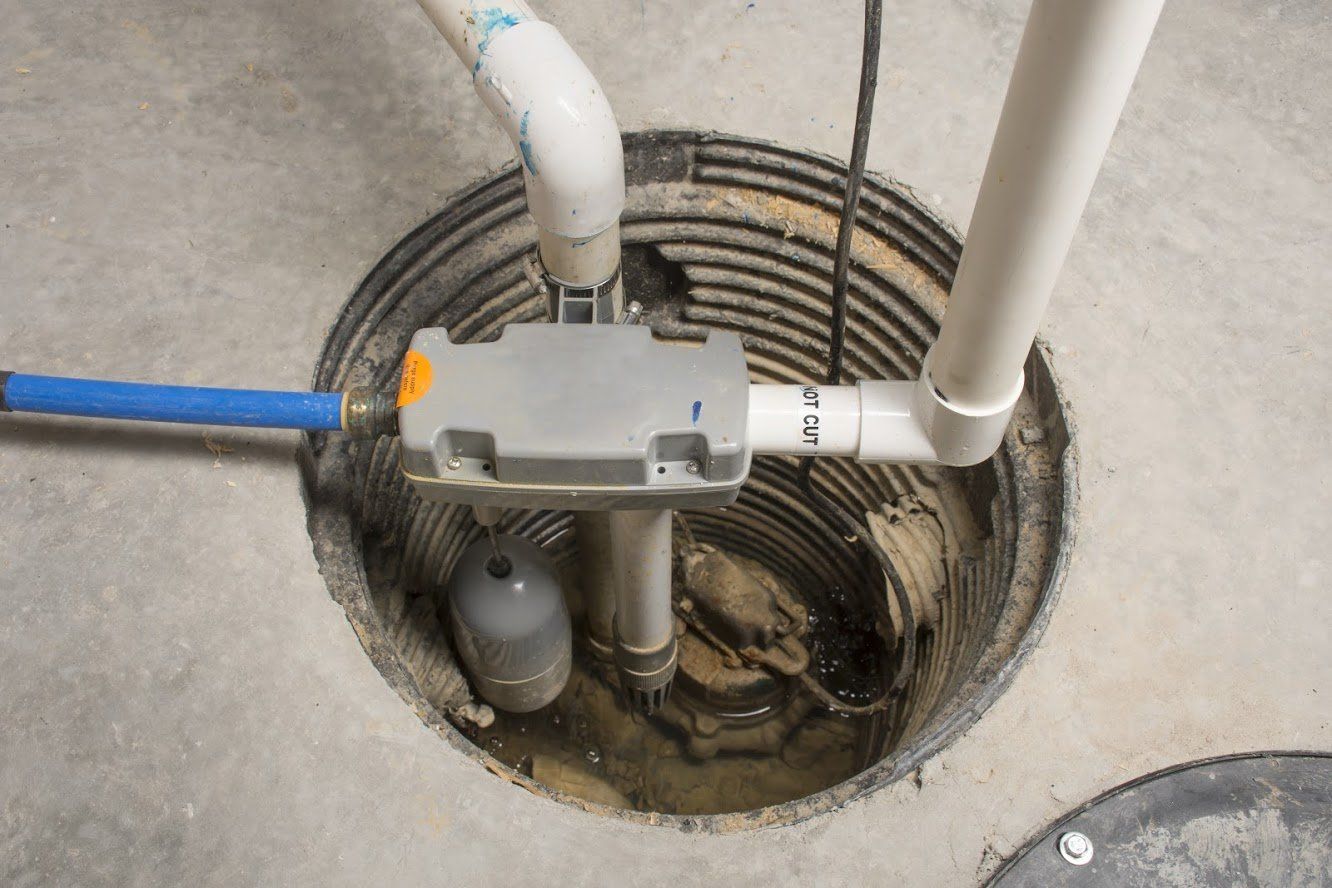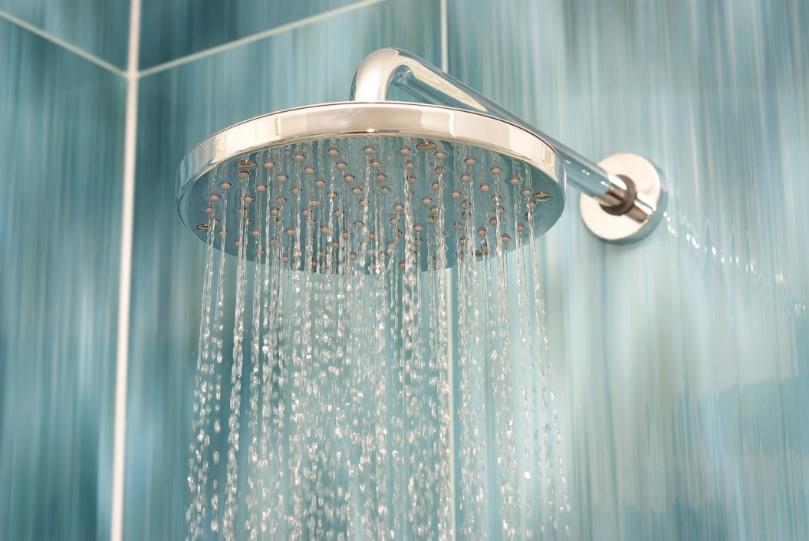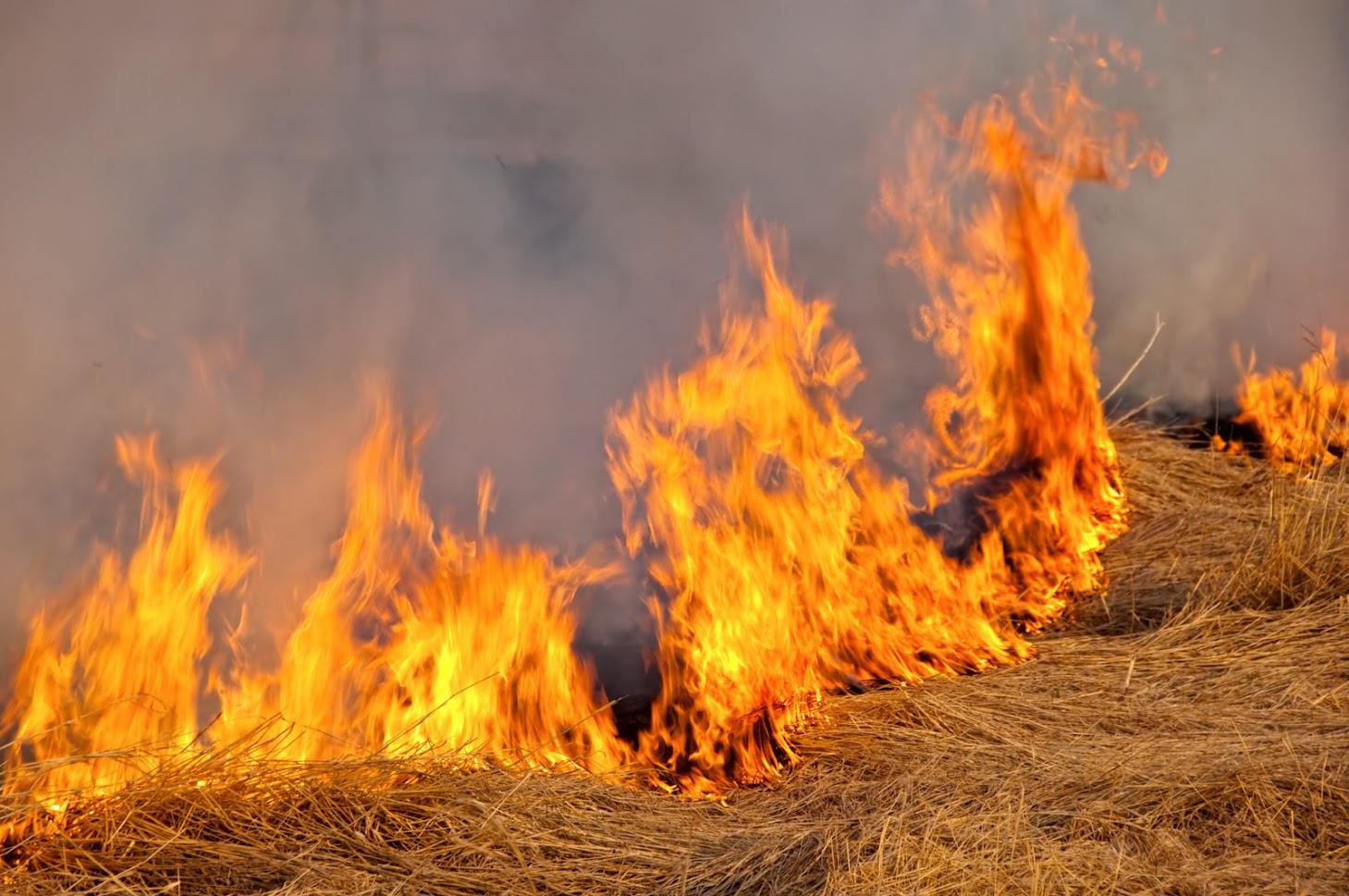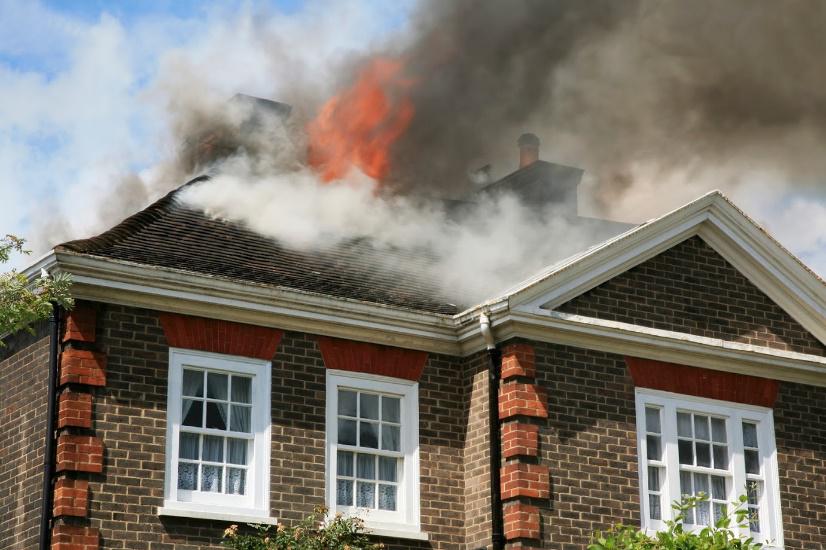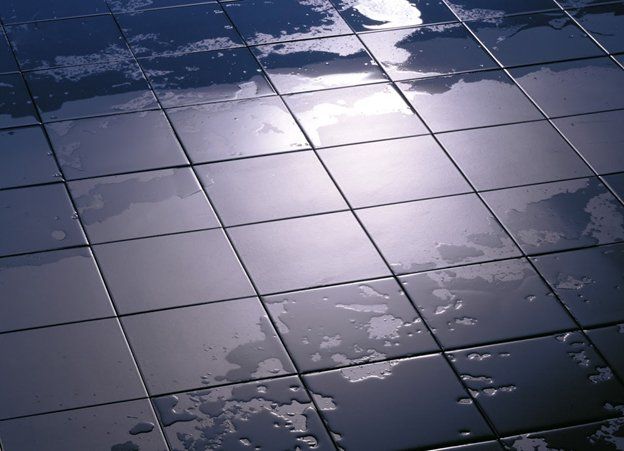Blog Post
What to Know About Groundwater and Flooding
- By Admin
- •
- 03 Aug, 2019
- •
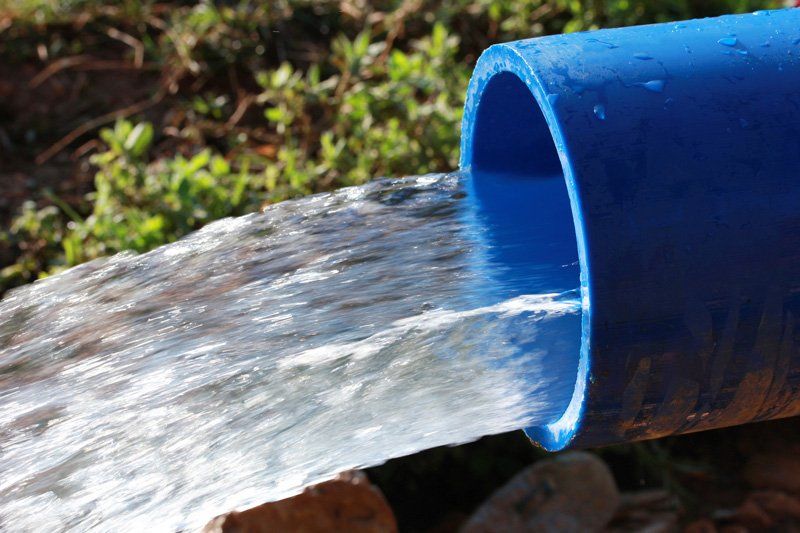
Flooding can happen anywhere, and it can devastate your home, causing thousands of dollars in damage. Groundwater flooding is one common type of flooding that affects many homeowners. The more groundwater in the area, and the closer you are to the groundwater, the more likely you'll see flooding.
If you want to learn more about groundwater flooding, so you can protect your home, keep reading.
What Causes Groundwater Flooding?
Surface water is a body of water above ground, such as a lake. Groundwater is water hidden below the ground, so you can't see it. You can build above groundwater because a protective layer of rock and soil sits above the water, but when the aquifer gets too full, the water overflows. This pushes the water upward, into the soil and rocks.
Eventually, the water pushes all the way to the surface, which causes flooding in your yard, basement or crawlspace. Luckily, groundwater usually contains few contaminates because the rocks act as a filter. Of course, the water can still destroy fabrics, wood, drywall,etc., and you can get mold growth.
How Do You Know It's Groundwater?
Before you can think of a treatment option, you need to determine if the flooding is caused by groundwater or another source. For starters, make sure you have no broken pipes, including your septic system (if applicable). Next, consider if it has been raining a lot. Some groundwater may rise due to lots of rain, but the issue may also simply be poor drainage.
Finally, the best way to determine if you have groundwater flooding is to consider the time of year. Most aquifers get the fullest in early spring, but in autumn, the water levels decrease. For this reason, if you have flooding during in September or October, groundwater is probably not the cause. Most likely, this flooding is caused by too much rain and poor yard drainage.
How Can You Prevent Groundwater Flooding?
Controlling groundwater flooding is particularly complicated. In fact, even the local government and environmental regulation offices have limited power to control groundwater flooding. You can do a few things to prevent some flooding and damage. First, raise or block off appliances and furniture in the basement, so even if the area does flood, they aren't ruined.
If your basement is notorious for groundwater flooding, consider filling the basement. This process involves adding more foundation to the basement, turning it into a crawlspace with more protection from the groundwater. Install a sump pump to also help remove some water before it starts to overflow. If you have the money, you can also raise your entire home.
How Can You Repair Groundwater Flooding?
When it comes to repairing your home after groundwater flooding, don't expect help from your insurance carrier. Most policies don't include most forms of flooding, including groundwater flooding. Depending on how high the water rose, repairing the damages can get expensive.
First, you'll need to remove the water with a portable sump pump. Next, even though the groundwater probably doesn't have many contaminates, you need to remove everything that the water touched, including carpet, drywall, furniture, etc. This will help prevent mold growth, and eliminate any contaminates that may have been in the water.
Groundwater rises naturally from the ground, so you may struggle to prevent it. The only real way you can prevent groundwater flooding is to get as far away from the groundwater as possible or installing a sump pump that will help redirect water.
If you would like to know more about groundwater flooding, how to prevent it, and how to repair damages, or if you need a quote, contact us today at Utah Disaster Restoration Services.
If you want to learn more about groundwater flooding, so you can protect your home, keep reading.
What Causes Groundwater Flooding?
Surface water is a body of water above ground, such as a lake. Groundwater is water hidden below the ground, so you can't see it. You can build above groundwater because a protective layer of rock and soil sits above the water, but when the aquifer gets too full, the water overflows. This pushes the water upward, into the soil and rocks.
Eventually, the water pushes all the way to the surface, which causes flooding in your yard, basement or crawlspace. Luckily, groundwater usually contains few contaminates because the rocks act as a filter. Of course, the water can still destroy fabrics, wood, drywall,etc., and you can get mold growth.
How Do You Know It's Groundwater?
Before you can think of a treatment option, you need to determine if the flooding is caused by groundwater or another source. For starters, make sure you have no broken pipes, including your septic system (if applicable). Next, consider if it has been raining a lot. Some groundwater may rise due to lots of rain, but the issue may also simply be poor drainage.
Finally, the best way to determine if you have groundwater flooding is to consider the time of year. Most aquifers get the fullest in early spring, but in autumn, the water levels decrease. For this reason, if you have flooding during in September or October, groundwater is probably not the cause. Most likely, this flooding is caused by too much rain and poor yard drainage.
How Can You Prevent Groundwater Flooding?
Controlling groundwater flooding is particularly complicated. In fact, even the local government and environmental regulation offices have limited power to control groundwater flooding. You can do a few things to prevent some flooding and damage. First, raise or block off appliances and furniture in the basement, so even if the area does flood, they aren't ruined.
If your basement is notorious for groundwater flooding, consider filling the basement. This process involves adding more foundation to the basement, turning it into a crawlspace with more protection from the groundwater. Install a sump pump to also help remove some water before it starts to overflow. If you have the money, you can also raise your entire home.
How Can You Repair Groundwater Flooding?
When it comes to repairing your home after groundwater flooding, don't expect help from your insurance carrier. Most policies don't include most forms of flooding, including groundwater flooding. Depending on how high the water rose, repairing the damages can get expensive.
First, you'll need to remove the water with a portable sump pump. Next, even though the groundwater probably doesn't have many contaminates, you need to remove everything that the water touched, including carpet, drywall, furniture, etc. This will help prevent mold growth, and eliminate any contaminates that may have been in the water.
Groundwater rises naturally from the ground, so you may struggle to prevent it. The only real way you can prevent groundwater flooding is to get as far away from the groundwater as possible or installing a sump pump that will help redirect water.
If you would like to know more about groundwater flooding, how to prevent it, and how to repair damages, or if you need a quote, contact us today at Utah Disaster Restoration Services.
Share
Tweet
Share
Mail
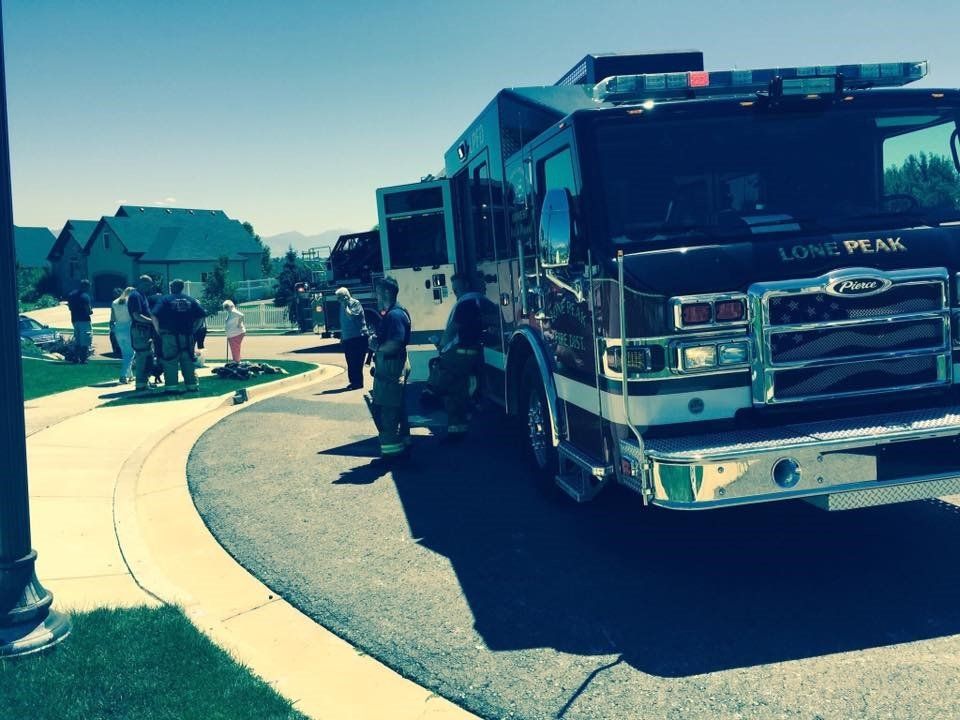
By Jon Welch
•
14 Feb, 2019
As a homeowner, you never want to experience a disaster in your home like a flood or a fire. However, there may come a time when you have experienced a fire at your home. By learning more about the steps you can and should take after you have had a fire, you can be sure that you handle the situation in the best way possible if or when it happens to you.

By Jon Welch
•
31 Jan, 2019
If mold begins to grow inside your home, it can create ugly stains and smelly, musty odors. Depending on the overall health of your family (or if mold starts to grow), you may actually be putting you and your family at risk when living with mold. True, you probably don’t go out of your way to invite mold into your home, but there are many mistakes you may be making that promote mold growth. But there is good news. Mold requires three elements to grow; 1) moisture, 2) heat and 3) food and it takes at least 8 days of optimal conditions for mold to begin growing and spreading. Eliminate any oned of these three items and Mold can no longer grow.
Phone:
(801) 763-9025 | Email: jeff@utdrs.com
Content, including images, displayed on this website is protected by copyright laws. Downloading, republication, retransmission or reproduction of content on this website is strictly prohibited. Terms of Use
| Privacy Policy
